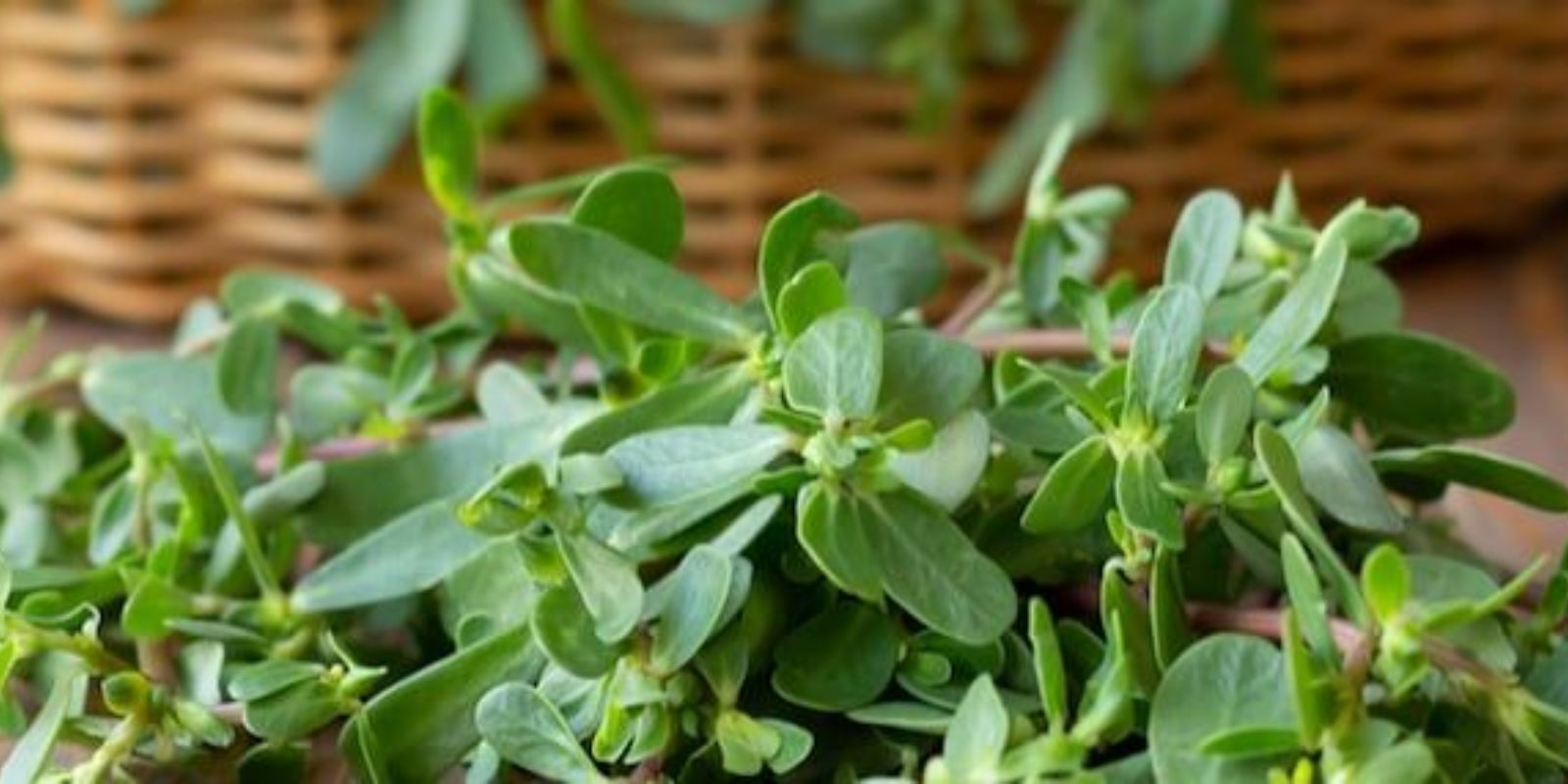Common purslane (Portulaca oleracea) is often overlooked as a pesky weed, but this resilient plant is a treasure trove of health benefits, culinary versatility, and ecological advantages. Found growing in cracks, fields, and gardens worldwide, purslane has been valued for centuries in various cultures for its nutritional and medicinal properties. Whether you’re a gardener, a health enthusiast, or someone curious about edible plants, purslane is a gem worth exploring. This article delves into how to grow, care for, and use this unassuming yet powerful plant.
What Is Common Purslane?
Purslane is a succulent herb that thrives in warm climates and poor soils, making it incredibly easy to grow and maintain. Its smooth, reddish stems and small, fleshy green leaves distinguish it from other plants, while its yellow flowers add a touch of vibrancy. The plant is rich in omega-3 fatty acids, antioxidants, vitamins A, C, and E, and essential minerals like magnesium, calcium, and potassium.
While often dismissed as a weed, purslane has been embraced as a nutritious food source in Mediterranean, Asian, and Middle Eastern cuisines. Its tangy, slightly salty flavor makes it a versatile ingredient in salads, soups, and sautés.
The Benefits of Purslane
- Nutritional Powerhouse
Purslane contains more omega-3 fatty acids than many fish oils, making it a great plant-based option for supporting heart health. It’s also packed with antioxidants that fight inflammation and protect against chronic diseases. - Low Maintenance Growth
This hardy plant thrives in various conditions, requiring minimal care. It’s drought-tolerant and can grow in nutrient-poor soil, making it ideal for beginner gardeners or those in arid regions. - Ecological Benefits
Purslane acts as a natural ground cover, reducing soil erosion and retaining moisture. Its dense growth also suppresses weeds, making it a valuable companion plant. - Medicinal Uses
Traditionally, purslane has been used to treat a variety of ailments, including digestive issues, skin conditions, and infections. Its high vitamin C content boosts immunity, while its antioxidants support overall health.
How to Grow Purslane in Your Garden
1. Identify or Source Seeds
Purslane often grows as a volunteer plant in gardens or cracks in the pavement. If you can’t find it naturally, purchase seeds from a trusted source.
2. Choose the Right Location
Purslane thrives in full sunlight and well-draining soil. It’s a great addition to a vegetable garden or even as a border plant.
3. Planting Seeds
Sow seeds directly into the soil after the last frost. Lightly cover them with soil and water gently. Purslane seeds germinate quickly, often within a week.
4. Encourage Growth
Once the plants sprout, thin them out to allow space for each to grow. Water sparingly; purslane thrives in dry conditions.
5. Harvesting Purslane
Begin harvesting once the plant reaches 4-6 inches in height. Cut the stems, leaving the base intact for regrowth. Purslane grows quickly and will produce multiple harvests throughout the growing season.
6. Save Seeds for Future Planting
At the end of the growing season, allow some plants to flower and produce seeds. Collect the tiny black seeds for the next planting cycle.
Using Purslane in Your Diet
- Salads: Add fresh purslane leaves and stems to salads for a tangy, crunchy texture.
- Sautéed: Cook purslane with garlic and olive oil for a delicious side dish.
- Soups: Use purslane as a thickening agent in soups and stews.
- Smoothies: Blend purslane with fruits and vegetables for a nutrient-packed smoothie.
Ecological and Companion Planting
Purslane isn’t just good for your diet—it’s beneficial for your garden. Its shallow root system retains soil moisture, and its growth helps suppress weeds. Plant purslane near crops like tomatoes, peppers, and cucumbers to improve soil health and deter pests.
Tips for Managing Purslane
While purslane is a valuable plant, it can become invasive if left unchecked. Here are some tips to manage its growth:
- Control Spread: Remove excess plants before they flower and set seed.
- Designate an Area: Grow purslane in a contained space to prevent it from overtaking your garden.
- Use Mulch: Apply mulch around desired plants to limit purslane’s growth in unwanted areas.
Medicinal and Skincare Uses of Purslane
Purslane’s anti-inflammatory properties make it an excellent ingredient for homemade skincare remedies. Use purslane extracts or crushed leaves to soothe sunburns, insect bites, and minor cuts. Its high vitamin E content helps rejuvenate skin and combat signs of aging.
Why You Should Embrace Purslane
Common purslane may be unassuming, but it’s a plant with extraordinary potential. From its nutritional benefits to its ecological advantages, this versatile green is a must-have in any sustainable garden. It’s easy to grow, requires minimal maintenance, and offers a bounty of uses for health, cooking, and gardening.
🌱 What do you think about adding purslane to your garden or diet? Share your experiences or ask questions in the comments below!
#PurslanePower #EdibleWeeds #GardeningTips #HealthyEating #GrowYourOwnFood #PlantWisdom #SustainableGardening #GardenLife #Omega3Rich #GreenThumb

